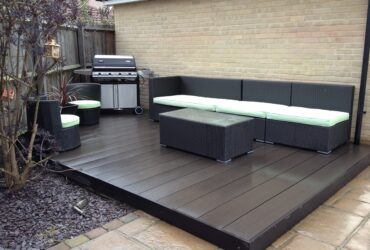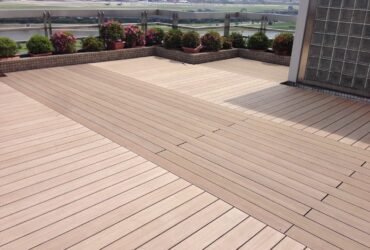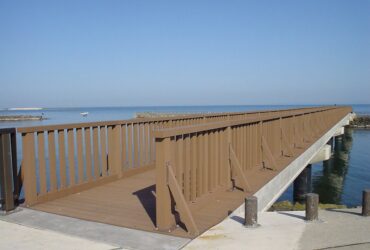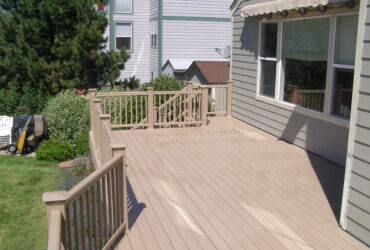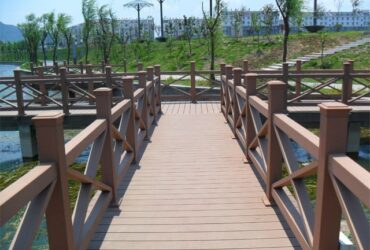Raw Materials For Wood-plastic Composites
After more than 20 years of development in the wood-plastic composite material industry, many auxiliary materials have been developed, such as lubricants, interfacial compatibilizers, coupling agents, toughening agents, light stabilizers, antibacterial agents, foaming agents, etc. The development of these auxiliary products will further improve the performance of wood-plastic composite materials and expand its application range.
Lubricant: wood-plastic composite materials should achieve high wood powder filling content, and have good processing performance and physical and mechanical properties. In addition to improving the compatibility between the matrix and wood raw materials, adding a small amount of high-efficiency rheological lubricant can make wood powder disperse quickly and evenly in the plastic matrix. Commonly used lubricants are polyethylene wax, paraffin wax, and oxidized polyethylene wax. Some scholars have studied the influence of lubricants on the physical properties and processing properties of wood-plastic composites, and the results show that adding lubricants can improve the processing properties of wood-plastic composites without significantly affecting other mechanical properties.
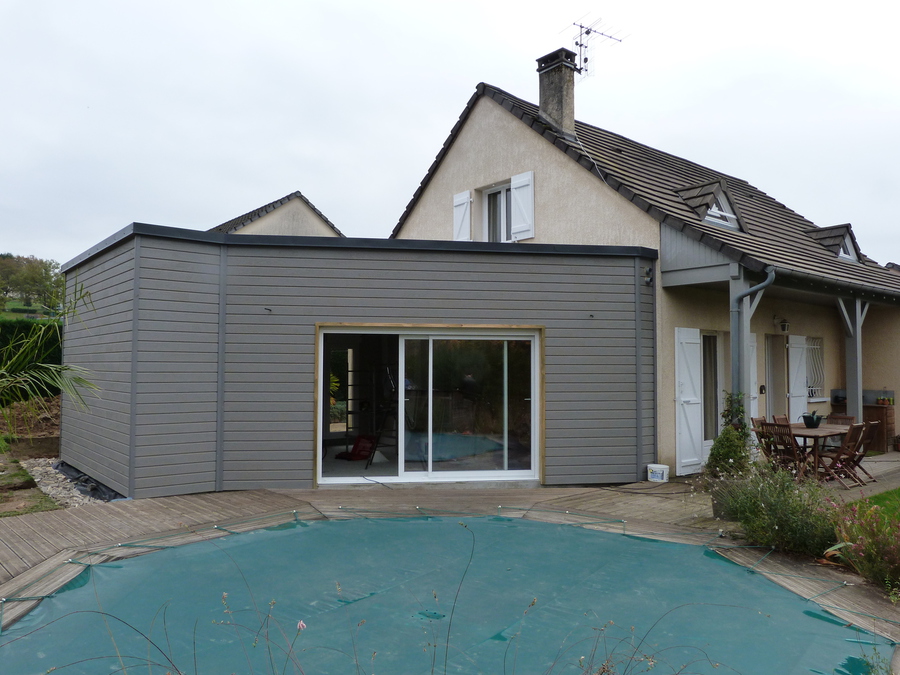
Interface compatibilizer: Interface compatibilizer is generally a compound containing hydroxyl or anhydride group at one end, which can undergo esterification reaction with hydroxyl group in cellulose to reduce the polarity and hydrophilicity of wood fiber, while the other end contains non-polar group, which can be combined with non-polar matrix through physical entanglement to improve the compatibility with plastics. Commonly used interfacial compatibilizers include maleic anhydride grafted polymers (MAPE, MAPP), isocyanates, and the like. The addition of polymer interfacial compatibilizers to improve the interface between wood flour (fiber) and plastics has always been a hot spot of concern. There are a large number of literatures on the mechanism of improving the mechanical properties of composite materials and improving interfacial compatibility. The maleic anhydride grafted on the polymer reacts with the alcoholic hydroxyl groups on the surface of wood flour or forms hydrogen bonds with it, which reduces the polarity and hygroscopicity of wood flour. In fact, the polymer-grafted maleic anhydride forms countless mesophases in the composite system, covering the wood flour (fiber) particles, acting as a bridge between the polymer and the wood flour, and achieving the purpose of interfacial bonding.
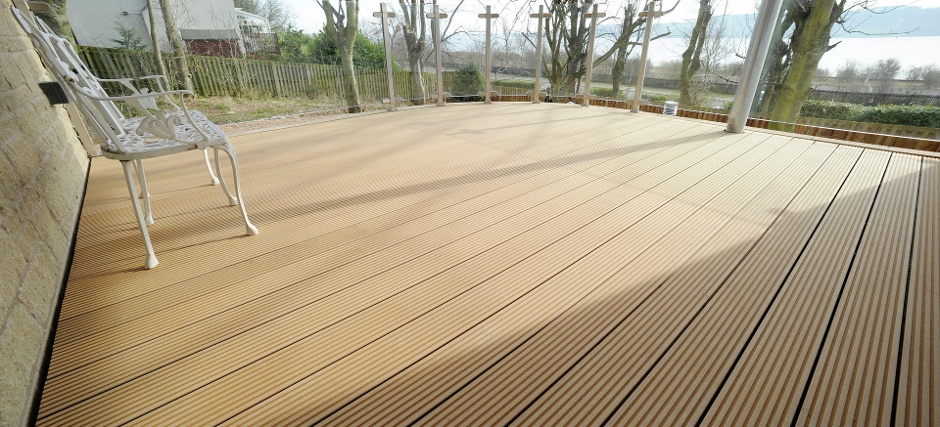
Coupling agent: The two most widely used coupling agents are silanes and polyisocyanates. Among them, the silane coupling agent is bonded to the surface of the wood flour by reacting the ester group with the hydroxyl functional group on the surface of the wood flour to form an ester, thereby improving the interface condition between the wood fiber and the polymer, and increasing the interface bonding strength. There are three methods for the coupling agent to be used in the surface pretreatment of wood flour: soaking, spraying and high-mixing, and the spraying method is the most commonly used. This method saves the coupling agent and the distribution of the coupling agent is relatively uniform. Maleic anhydride/silane-grafted polypropylene silane (MAH/VTMS) grafted polypropylene was prepared as an interface compatibilizer by pre-irradiating polypropylene (PP) with electron beams. This compatibilizer with dual grafted monomers and dual active groups has a certain synergistic effect in wood-plastic composites and significantly improves the mechanical properties of the composites.
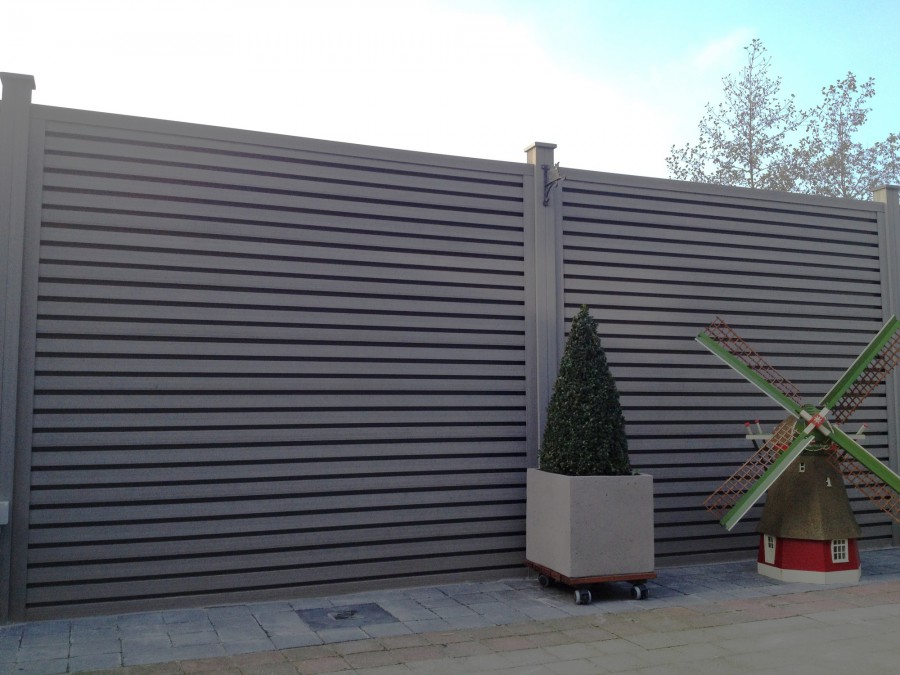
Toughening modifier: Thermoplastic elastomers such as ethylene-propylene rubber (EPDM) and SEBS are often used to improve the toughness of wood-plastic composites. It has obvious toughening effect. The wood flour/polypropylene composite system was extruded and toughened by a specific serial extruder unit. The results showed that adding an appropriate amount of EPDM-MA to the surface was beneficial to improve the tensile and bending strength of the composite system, and the impact strength was particularly improved. The toughening research was carried out on wood-plastic composites with different additives such as EPDM, SEBS-MA, and MAPP. Through mechanical properties and other test analysis, these additives improved the mechanical properties of the material to varying degrees.

